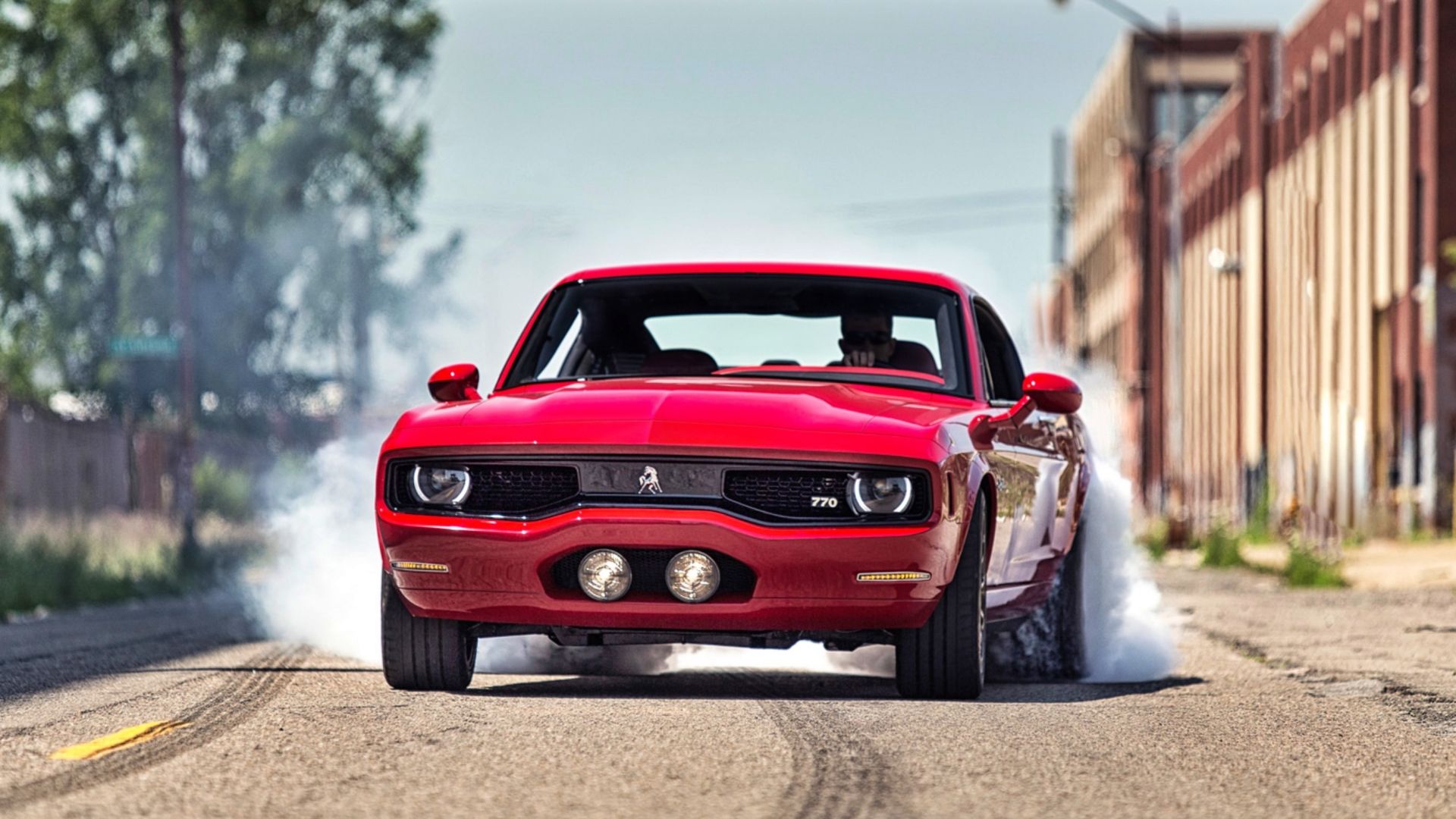You might have probably heard of wakeboarding already. And you have the first impression that this is a “no fear” game – for daredevils; that sounds difficult. Perhaps you’re right, but how you approach it is all up to you. Getting started is easy if you follow these simple steps.
Firstly – have the right equipment; the latest pro board is not always the best to learn with. Give yourself a chance and get a board that is forgiving and helps you to progress. Choose a board which is light and easy to manage. A larger board with one or more large rear fins helps to give the board direction, which is important when learning.
Getting closer to the boat is helpful for learning to wakeboard. Thus a shorter rope is highly recommended – about 15 meters (50′). Another essential bit of gear is a buoyancy vest. It is not only basic safety equipment but it will also save you a lot of energy as you hit the water regularly. The driver should remember that you need a lot less speed to get going and to stay planeing than water skiing – 35-40 kph max. A wakeboard offers more resistance when starting, so start slowly!
If you have all the necessary wakeboarding equipments ready, the next thing to do is to learn the stance – how and where to stand on your board. Your first stage is to determine whether you are a regular lead (left-foot-forward) or goofy lead (right-foot-forward). For those who have skateboarded or snowboarded before, this is easy. If this is your first board sport, don’t panic. Stand up, facing frward, feet together and have someone push you from behind. Whichever foot goes forward first is your lead foot.
Now that you know which foot you’ll place forward, it’s time to set up your bindings. Riders just getting started should try placing the bindings at about shoulder-width apart with the rear foot slightly farther back (closer to the rear fin) to aid with directional stability.
The angle of your bindings is important. Start with the rear foot straight across the board (O degrees) or slightly forward to 9 degrees (one set of holes in the base plate). Your front foot should be at an angle of 9-27 degrees (2-3 sets of holes) to get started. For your safety, before you get started, double-check the security of your fins and bindings. Do this again every time you hit the water. You should even periodically check them during your ride after a fall.
Learn first the Deep Water Start by floating on your back with a buoyancy vest. The board should be perpendicular to the rope with your arms either side of your front knee. Signal the driver to put the boat just in gear. As you are pulled slowly forward, the pressure against the board will allow you to get into the proper starting position with most of the board below the surface of the water. Let the pressure on the board push your knees into your chest, then push your front foot forward toward the boat. Signal the driver to hit it and remain in a crouched position.
As the boat begins to go, keep your arms slightly bent near your lower stomach. Shift your weight toward the front foot while keeping the nose above the water. As the water begins to give you support, slowly rise to the standing position by extending your legs until your knees are slightly bent.
Once you are up, get comfortable on your board with slightly more weight on your rear foot. Let your hips and shoulders turn away from the boat. Riders with a skiing background have a tendency to try to face the boat, this will often lead to a face plant as they catch or drop their front edge. Practice getting comfortable in the sideways position and relax. The key to the deepwater start is letting the boat do the work. Stay down low and stand up slow!
Wake boarding has the inherent dangers of all water sports, plus the dangers of motor powerboats, with screw propellers. So always observe precautionary measures and you will not get into trouble.






More Stories
Are Thumpstar Pit Bikes Reliable?
Subaru Impreza – What’s Latest for 2012?
Two Brothers Racing – Evolution of a Motorcycle Exhaust Manufacturer